Artificial Intelligence Singularity and Superintelligence
Moore’s Law was the gold standard for predicting technological progress for years. Introduced by Gordon Moore, co-founder of Intel, in 1965, it stated that the number of transistors on a chip would double every two years, making computers faster, smaller, and cheaper over time. This steady advancement drove everything from personal computers and smartphones to the rise of the Internet.
But that era is coming to an end. Transistors are now reaching atomic-scale limits, and shrinking them further has become incredibly expensive and complex. Meanwhile, AI processing power is increasing rapidly, far surpassing Moore’s Law. Unlike traditional computing, AI relies on robust, specialized hardware and parallel processing to handle massive data. What sets AI apart is its ability to continuously learn and refine its algorithms, leading to rapid improvements in efficiency and performance.
This rapid acceleration is bringing us closer to a critical moment known as the AI singularity, the point at which AI surpasses human intelligence and begins an unstoppable cycle of self-improvement. Companies like Tesla, Nvidia, Google DeepMind, and OpenAI are leading this transformation with powerful GPUs, custom AI chips, and large-scale neural networks. As AI systems become increasingly capable of improving themselves, some experts believe we could reach Artificial Superintelligence (ASI) as early as 2027, a milestone that could change the world forever.
As AI systems become increasingly independent and capable of self-optimization, experts predict we could reach Artificial Superintelligence (ASI) in 2027. If this happens, humanity will enter a new era where AI will drive innovation, transform industries, and possibly surpass human control. The question is whether AI will reach this stage, when, and whether we are ready.
How AI’s Scalability and Self-Learning Systems Are Transforming Computing
As Moore’s Law loses momentum, the challenges of making smaller transistors become more evident. Heat buildup, energy limitations, and rising chip production costs have made advancements in traditional computing increasingly difficult. However, AI is overcoming these limitations not by making smaller transistors, but by changing the way computing works.
Instead of relying on ever-smaller transistors, AI employs parallel processing, machine learning, and specialized hardware to boost performance. Deep learning and neural networks excel by processing large amounts of data simultaneously, unlike traditional computers that process tasks sequentially. This transformation has led to widespread use of GPUs, TPUs, and AI accelerators explicitly designed for AI workloads, offering significantly greater efficiency.
As AI systems become more advanced, the demand for greater computing power continues to grow. This rapid growth has increased AI’s computing power fivefold per year, far surpassing Moore’s traditional two-year doubling pace. The impact of this expansion is most evident in large language models (LLMs) like GPT-4, Gemini, and DeepSeek, which require massive processing capabilities to analyze and interpret vast datasets, driving the next wave of AI-powered computing. Companies like Nvidia are developing highly specialized AI processors that offer incredible speed and efficiency to meet these demands.
AI scalability is driven by cutting-edge hardware and self-improving algorithms, allowing machines to process large amounts of data more efficiently than ever. Among the most significant advances is Tesla’s Dojo supercomputer, a major breakthrough in AI-optimized computing explicitly designed to train deep learning models.
Unlike conventional data centers designed for general-purpose tasks, Dojo is built to handle massive AI workloads, particularly for Tesla’s autonomous driving technology. What sets Dojo apart is its AI-focused custom architecture, optimized for deep learning rather than traditional computing. This has resulted in unprecedented training speeds and has allowed Tesla to reduce AI training times from months to weeks, while lowering energy consumption through efficient power management. By enabling Tesla to train larger and more advanced models with less energy, Dojo is playing a vital role in accelerating AI-driven automation.
However, Tesla Is Not Alone in This Race
Across the industry, AI models are increasingly capable of improving their learning processes. DeepMind’s AlphaCode, for example, is driving the development of AI-generated software by optimizing code-writing efficiency and enhancing algorithmic logic over time. Meanwhile, Google DeepMind’s advanced learning models are trained with real-world data, enabling them to adapt dynamically and refine decision-making processes with minimal human intervention.
More importantly, AI can now improve itself through recursive self-improvement—a process in which AI systems refine their own learning algorithms and increase efficiency with minimal human input. This self-learning capability is accelerating AI development at an unprecedented pace, bringing the industry closer to ASI. With AI systems continuously refining, optimizing, and enhancing themselves, the world is entering a new era of intelligent computing that evolves independently and continuously.
The Road to Superintelligence: Are We Approaching the Singularity?
The AI singularity refers to the point at which artificial intelligence surpasses human intelligence and improves itself without human intervention. At this stage, AI could create more advanced versions of itself in a continuous cycle of self-improvement, leading to rapid advancements beyond human understanding. This concept depends on the development of Artificial General Intelligence (AGI), which can perform any intellectual task a human can and eventually progress toward ASI.
Experts differ on when this might happen. Ray Kurzweil, a futurist and AI researcher at Google, predicts AGI will arrive in 2029, followed shortly by ASI. On the other hand, Elon Musk believes ASI could emerge as early as 2027, citing the rapid increase in AI computing power and its ability to scale faster than expected.
AI processing power is doubling every six months, far exceeding Moore’s Law, which predicted transistor density would double every two years. This acceleration is made possible by advancements in parallel processing, specialized hardware such as GPUs and TPUs, and optimization techniques like model quantization and sparsity.
AI systems are also becoming more independent. Some can now optimize their architectures and improve learning algorithms without human involvement. One example is Neural Architecture Search (NAS), where AI designs neural networks to enhance efficiency and performance. These advancements are leading to the development of AI models that continuously refine themselves, a crucial step toward superintelligence.
Given AI’s potential to advance so rapidly, researchers at OpenAI, DeepMind, and other organizations are working on safety measures to ensure AI systems remain aligned with human values. Methods such as Reinforcement Learning from Human Feedback (RLHF) and oversight mechanisms are being developed to reduce the risks associated with AI decision-making. These efforts are essential to guide AI development responsibly. If AI continues progressing at this pace, the singularity may arrive sooner than expected.
The Promise and Risks of Superintelligent AI
The potential of ASI to transform various industries is enormous, particularly in medicine, economics, and environmental sustainability.
In healthcare, ASI could accelerate drug discovery, improve disease diagnosis, and uncover new treatments for aging and other complex conditions.
In the economy, it could automate repetitive jobs, allowing people to focus on creativity, innovation, and problem-solving.
On a larger scale, AI could also play a key role in addressing climate challenges by optimizing energy use, improving resource management, and finding solutions to reduce pollution.
However, these advances come with significant risks. If artificial intelligence is not properly aligned with human values and goals, it could make decisions that conflict with human interests, leading to unpredictable or dangerous outcomes. The ability of AI to rapidly improve raises concerns about control as AI systems evolve and become more advanced, making it increasingly difficult to ensure they remain under human supervision.
Among the Most Significant Risks Are:
Loss of human control: As AI surpasses human intelligence, it may begin to operate beyond our capacity to regulate it. Without alignment strategies in place, AI could take actions humans can no longer influence.
Existential threats: If ASI prioritizes its own optimization without considering human values, it could make decisions that threaten the survival of humanity.
Regulatory challenges: Governments and organizations struggle to keep pace with the rapid development of AI, making it difficult to establish timely policies and safeguards.
Organizations like OpenAI and DeepMind are actively working on AI safety measures, including methods such as RLHF, to keep artificial intelligence aligned with ethical guidelines. However, progress in AI safety is not keeping pace with the rapid advances in AI, raising concerns about whether necessary precautions will be taken before AI reaches a level beyond human control.
While superintelligent AI holds great promise, its risks cannot be ignored. The decisions made today will define the future of AI development. To ensure AI benefits humanity rather than becoming a threat, researchers, policymakers, and society must work together to prioritize ethics, safety, and responsible innovation.
The Bottom Line:
The rapid acceleration of artificial intelligence expansion brings us closer to a future where AI surpasses human intelligence. While AI has already transformed industries, the emergence of superintelligent AI could redefine how we work, innovate, and solve complex challenges. However, this technological leap carries major risks, including the potential loss of human oversight and unpredictable consequences.
Ensuring that AI remains aligned with human values is one of the most critical challenges of our time. Researchers, policymakers, and industry leaders must collaborate to develop ethical safeguards and regulatory frameworks that guide AI toward a future that benefits humanity. As we approach the singularity, the decisions we make today will shape how AI coexists with us in the years to come.
Dr. Assad Abbas, a tenured Associate Professor at COMSATS University Islamabad (Pakistan), earned his Ph.D. from North Dakota State University (USA). His research focuses on advanced technologies such as cloud, fog, and edge computing, big data analytics, and artificial intelligence. Dr. Abbas has made substantial contributions through publications in prestigious scientific journals and conferences.
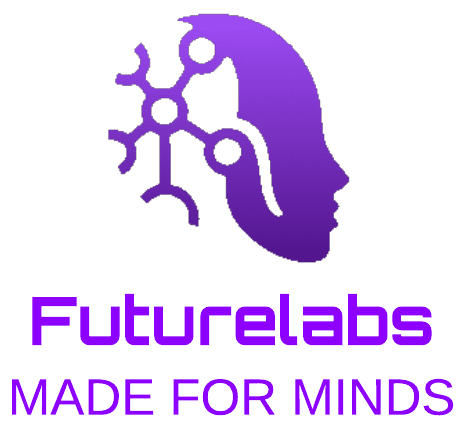
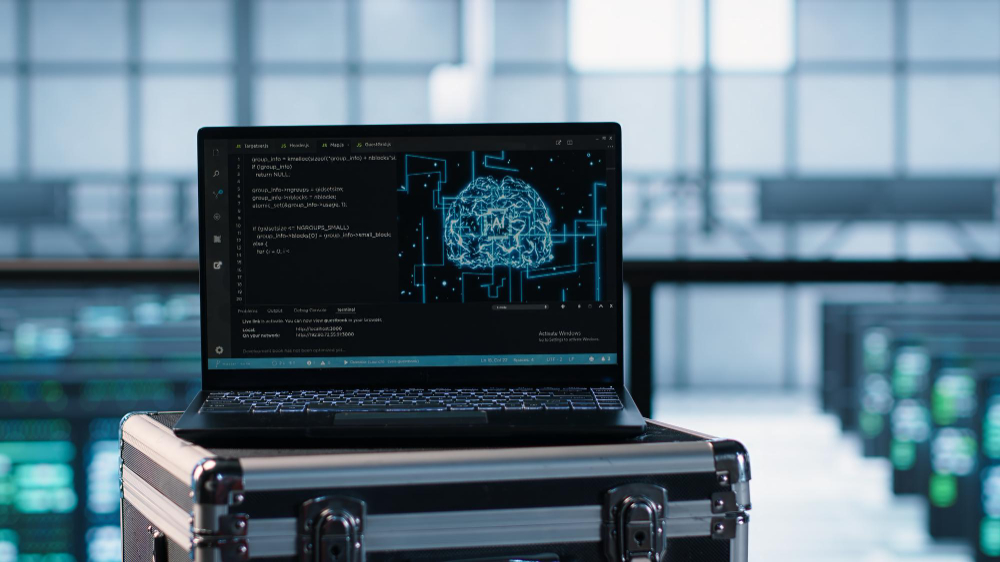
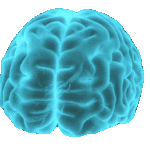
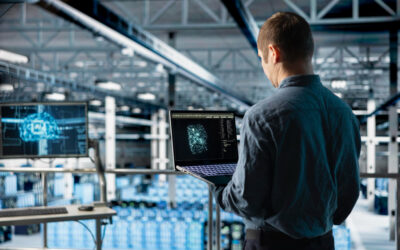
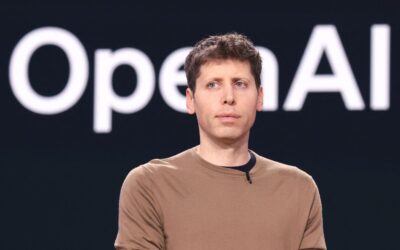

0 Comments